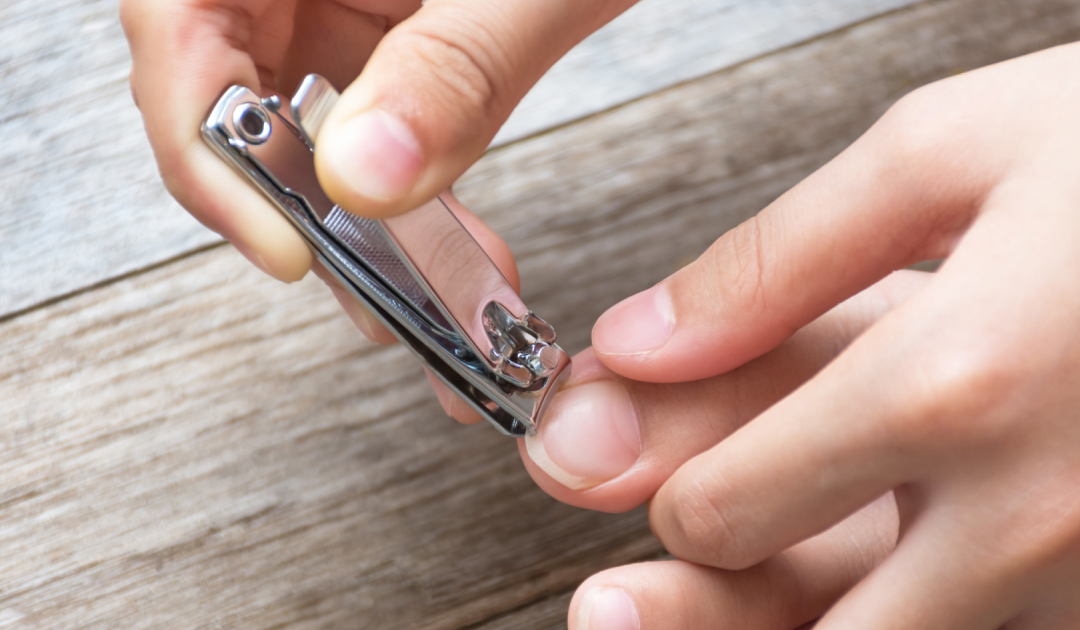Several subtle but important signs could help identify this serious condition
Medical experts are shedding light on some lesser-known indicators of cancer that could appear on your toenails or fingernails, urging people to pay attention to changes in these areas.
Often, when we notice something slightly out of the ordinary with our bodies, it’s easy to brush it off as unimportant, assuming it will resolve itself in time.
Yet, even small and seemingly insignificant changes could be worth monitoring closely, especially when they occur in unexpected places like your nails.
Most people associate visible warning signs like unusual moles with skin cancer.
Still, it’s easy to forget that your nails, despite not being skin in the traditional sense, can also reflect underlying health concerns.
For this reason, experts emphasize that nail changes shouldn’t be ignored or overlooked.

Melanoma can form in the toenails
Getty Stock Photo
Where Can Melanomas Form?
Melanomas are a serious form of skin cancer that can spread to different areas of the body. Typically, they develop in places frequently exposed to sunlight, such as the face, arms, or legs.
However, the American Academy of Dermatology Association (AADA) points out that, while rare, skin cancer can also form under and around your fingernails and toenails. This type of cancer, known as subungual melanoma or nail melanoma, is not caused by sun exposure.
Subungual melanoma often develops in the big toe, thumb, or index finger and has been classified as a serious condition by the Cleveland Clinic.
Though anyone can develop subungual melanoma, the risk is higher for individuals aged 50 to 70.
It is also more prevalent among people of African-American, Asian, or Hispanic backgrounds.

Dark streaks in the nail can be a sign of the melanoma
Getty Stock Photo
What Are the Signs of Nail Melanoma?
Several warning signs could indicate the presence of nail melanoma. Dermatologists consulted by the AADA have identified five key indicators to watch for:
1. A dark, black, or brown streak appearing on the nail. This is often most visible on the thumb or big toe of your dominant hand or foot, but it can develop on any nail.
2. Darkened skin around or adjacent to the nail
3. The nail starting to lift away from your fingers or toes, separating from the nail bed
4. Splitting of the nail along its center
5. The presence of a bump or nodule on the nail, which may be accompanied by a band of color. This band could either be wide and irregular or narrow and dark.
Doctors strongly advise scheduling a visit with a dermatologist if you notice any significant changes to your nails, especially the development of a new dark streak or band.

